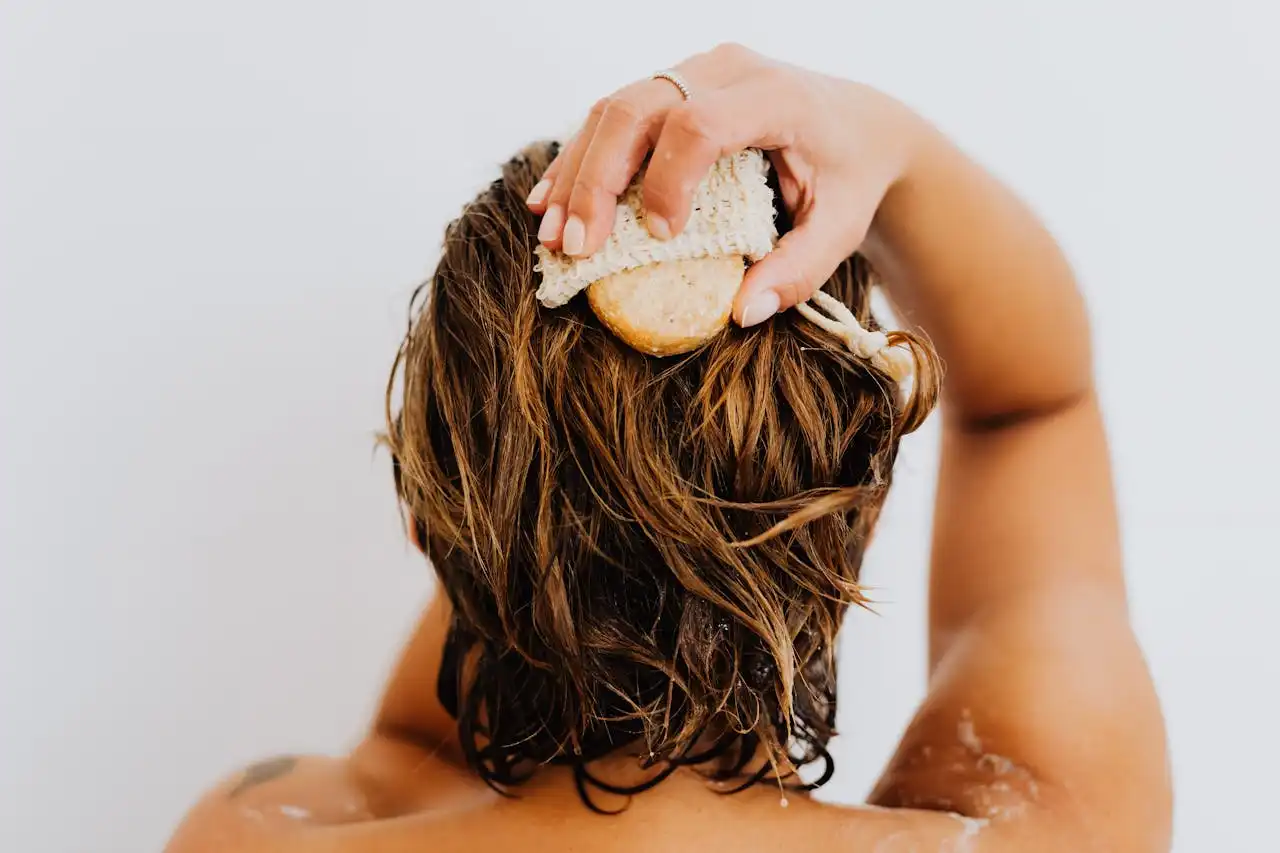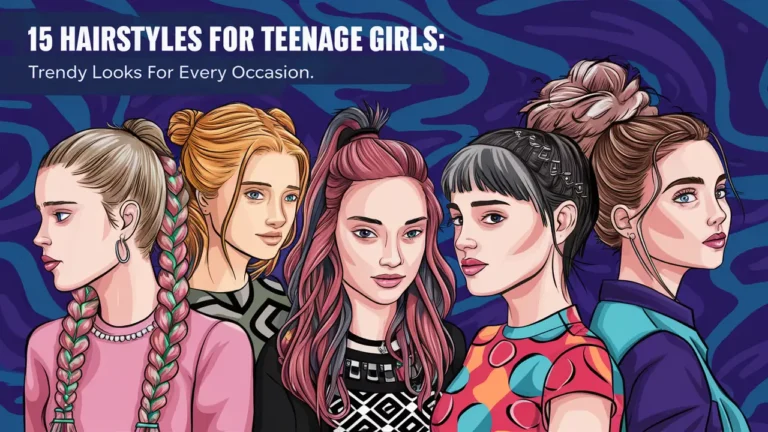How Often Should You Really Wash Your Hair?
You stand in your shower wondering if you really need to wash your hair again, or if you can get away with one more day.
The truth is, there’s no universal answer that works for everyone. Your hair washing frequency depends on multiple factors that make your routine uniquely yours.
Your Hair Type Determines Your Washing Schedule
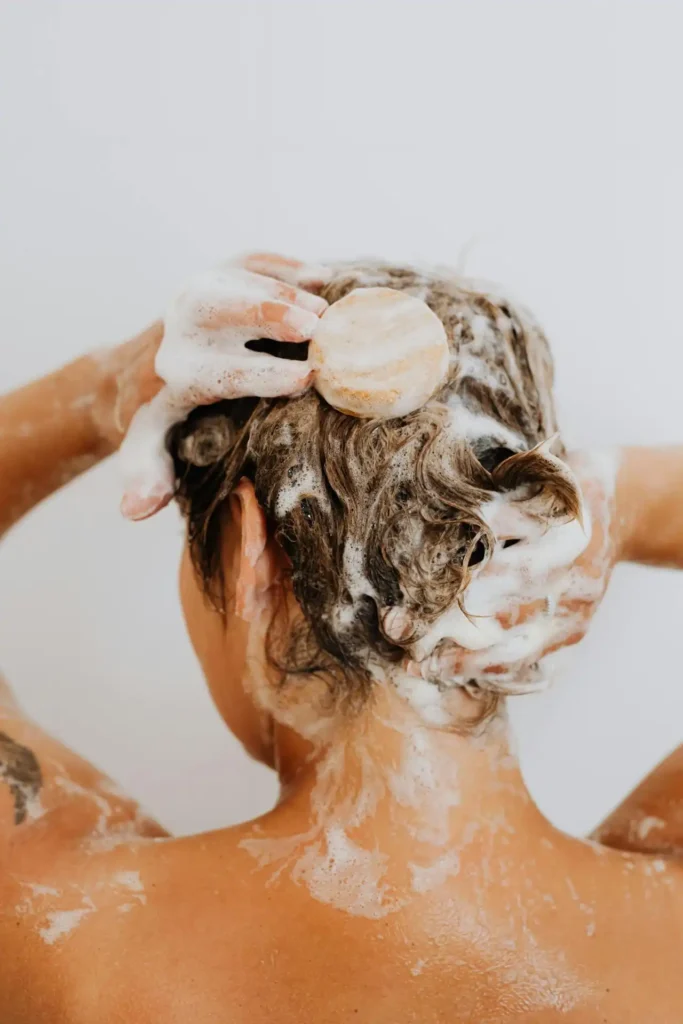
Fine hair collects oil faster than thicker strands because sebum travels down the hair shaft more easily.
If you have fine hair, you probably notice it looking greasy within a day or two of washing.
This means you’ll likely need to wash every day or every other day to maintain that fresh, voluminous look you want.
Thick, coarse hair acts like a natural barrier that slows oil distribution. Pay attention to how your hair looks and feels rather than following a strict schedule.
The sebum your scalp produces takes longer to coat each strand, which means you can often go three to four days between washes without looking oily.
This hair type actually benefits from less frequent washing because it needs those natural oils for moisture and protection.
Medium-textured hair falls somewhere in the middle of this spectrum. Your hair’s porosity also affects washing frequency.
You can typically wash every two to three days, depending on your other factors like activity level and styling products.
High-porosity hair absorbs and loses moisture quickly, so it might need more frequent washing with moisturizing products.
Low-porosity hair repels moisture and oil, potentially requiring less frequent washing but more careful product selection.
Your Scalp Type Matters More Than You Think
Oily scalps produce excess sebum that can make your hair look greasy within hours of washing.
If you wake up with hair that already looks like you need a wash, you probably have an oily scalp that requires daily cleansing.
However, over washing can actually trigger your scalp to produce even more oil as a protective response.
Dry scalps produce less natural oil, which means you can go longer between washes without looking greasy.
In fact, washing too frequently can strip away the limited oils your scalp does produce, leading to flakiness, irritation, and dull-looking hair. You might only need to wash once or twice per week.
Normal scalps strike a balance between oil production and moisture retention. You can usually wash every two to three days and maintain healthy-looking hair.
This scalp type gives you the most flexibility in your washing routine and responds well to most hair care products.
Sensitive scalps require gentle handling regardless of oil production.
You might need to wash less frequently to avoid irritation, or you might need to wash more often with very mild, fragrance-free products if you have allergies or skin conditions that affect your scalp.
Your Lifestyle Influences Your Hair Care Routine
Active lifestyles demand more frequent washing due to sweat and environmental exposure.
If you exercise daily, work outdoors, or live in a humid climate, you’ll probably need to wash your hair more often than someone with a sedentary office job in a controlled environment.
Your job environment plays a significant role in determining wash frequency. Office workers in air-conditioned environments can often extend time between washes.
Kitchen workers, construction professionals, or anyone exposed to smoke, dust, or strong odors might need daily washing regardless of their natural hair type.
Styling habits also impact your washing schedule. If you use heavy styling products, dry shampoo, or texturizing sprays regularly, you’ll need to wash more frequently to prevent buildup.
Product accumulation can make your hair look dull and feel heavy, even if your natural oils haven’t reached problematic levels.
Your sleep habits matter too. Silk or satin pillowcases create less friction and help preserve your hairstyle longer, potentially allowing you to extend time between washes.
Cotton pillowcases can create frizz and absorb oils, making you feel like you need to wash sooner.
Hair Texture Changes Everything
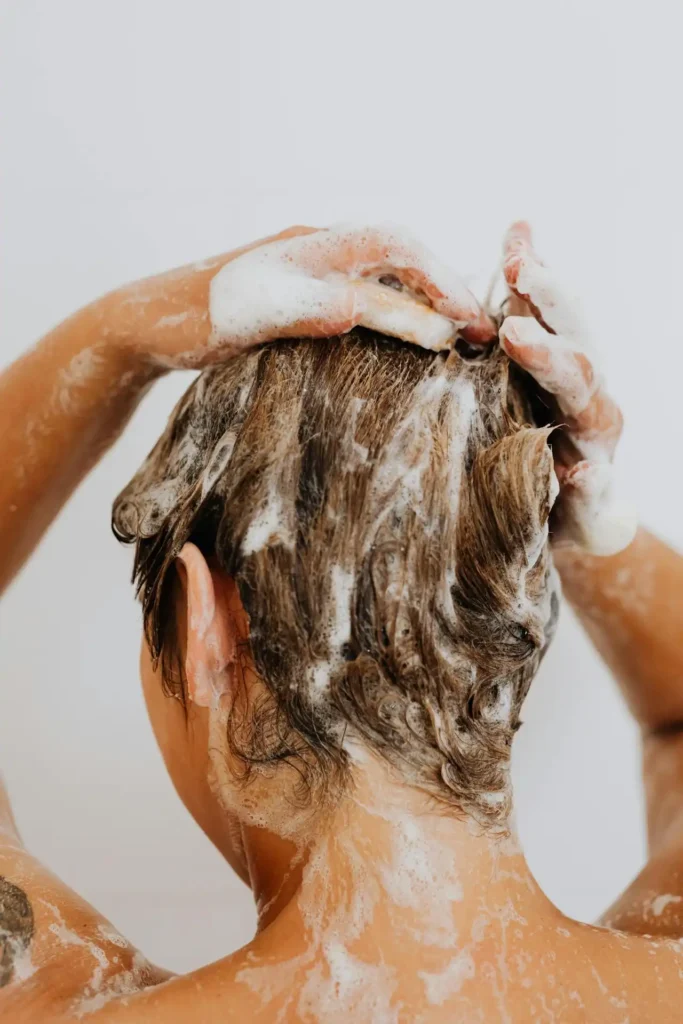
Straight hair shows oil and dirt more readily than textured hair because sebum travels down the smooth hair shaft quickly.
You’ll notice greasiness at your roots within a day or two, and the oil becomes visible throughout your length. Most people with straight hair wash every day or every other day.
Wavy hair has enough texture to disguise some oiliness while still allowing sebum to travel down the strands relatively easily.
You can typically go two to three days between washes, and you might find that a little oil actually enhances your wave pattern and reduces frizz.
Curly hair benefits from natural oils because the curved structure makes it harder for sebum to coat each strand.
Your curls need moisture to maintain their shape and shine, so washing too frequently can leave them dry, frizzy, and unmanageable. Most curly-haired people wash once or twice per week.
Coily and kinky hair textures require the least frequent washing because the tight curl pattern makes it very difficult for oils to travel down the hair shaft.
This hair type is naturally drier and more fragile, so washing once per week or even less frequently often produces the best results. Focus on moisturizing and protective styling between wash days.
Seasonal Changes Affect Your Hair Needs
Summer heat and humidity increase oil production and sweat accumulation, making more frequent washing necessary.
You might find yourself washing daily during hot months, even if you normally wash every other day.
Chlorine from swimming pools also requires immediate washing to prevent damage and discoloration. Seasonal activities also influence your hair care needs.
Winter air lacks humidity, which can dry out your scalp and hair. However, indoor heating can also create static and dryness that affects your styling routine.
You might be able to extend time between washes during cold months because your scalp produces less oil in response to the dry environment.
Spring and fall transitional weather can throw off your established routine. What worked in January might not work in April.
Pay attention to how your hair responds as temperatures and humidity levels change, and adjust your washing frequency accordingly.
Beach vacations, camping trips, or winter sports all expose your hair to different environmental factors that might require schedule adjustments during those periods.
Age and Hormones Play a Role
Teenage years often bring increased oil production due to hormonal changes, requiring more frequent washing than you needed as a child.
Many teenagers find they need to wash daily or every other day to manage oily roots and occasional scalp breakouts.
Pregnancy and menopause can dramatically change your hair’s oil production and texture. Adjust your routine as your hormones fluctuate.
You might find that your normally oily hair becomes dry during pregnancy, or that menopause makes your previously manageable hair suddenly greasy.
As you age, your scalp typically produces less oil, which means you can often reduce washing frequency.
Many people in their 50s and beyond find they only need to wash once or twice per week, focusing more on moisture and gentle handling than oil control.
Certain medications can also affect oil production and hair texture, requiring routine adjustments.
Birth control, blood pressure medications, and antidepressants are just a few examples of drugs that might change your hair care needs.
Signs You’re Washing Too Much or Too Little

Over washing strips your hair of natural oils and can leave it looking dull, feeling brittle, or appearing frizzy.
Your scalp might feel tight or itchy after washing, and you might notice increased breakage or split ends.
Paradoxically, over washing can also trigger excess oil production as your scalp tries to compensate.
Your hair might also lose its natural body and movement when you wash too frequently. The key lies in finding the sweet spot where your hair looks and feels its best.
Many people find their hair looks limp and lifeless when they wash daily, but gains volume and texture when they extend time between washes.
Under washing leads to obvious greasiness, but it can also cause scalp issues like dandruff, itching, or even acne along your hairline.
Product buildup becomes noticeable, and your hair might smell or feel heavy and unmanageable. Your styling products won’t work as effectively on dirty hair.
This might require some experimentation and adjustments based on seasonal changes, lifestyle shifts, or hormonal fluctuations.
How to Extend Time Between Washes
Dry shampoo becomes your best friend when you want to extend your washing schedule.
Apply it to your roots before bed to absorb oils overnight, or use it in the morning to refresh your style. Choose a dry shampoo that matches your hair color to avoid visible residue.
Strategic styling can disguise oily roots and make your hair look intentionally tousled rather than unwashed.
Braids, buns, and textured styles work particularly well for hiding second or third-day hair. Hair accessories like headbands and scarves can also camouflage greasy roots.
Focus your shampoo on your scalp rather than your entire hair length. Your roots need cleansing, but the mid-lengths and ends of your hair rarely get oily.
This targeted approach cleans effectively while preserving moisture in your hair’s most vulnerable areas.
Invest in quality hair care products that suit your specific needs. The right products can make a significant difference in how long your hair looks fresh.
Clarifying shampoos help remove buildup when you wash less frequently, while moisturizing conditioners keep your hair healthy between wash days.
Common Hair Washing Myths Debunked
The daily washing myth suggests that everyone needs to wash their hair every day for optimal health and appearance.
This outdated advice came from an era when hair products were harsher and less understanding of different hair types existed.
Your hair’s needs are individual and shouldn’t follow arbitrary rules. However, harsh products can disrupt your scalp’s natural balance and trigger reactive oil production.
Another persistent myth claims that brushing your hair 100 times per day distributes oils and reduces washing frequency.
While gentle brushing can help distribute oils in straight hair, excessive brushing can cause breakage and damage, especially in textured or fragile hair.
Some people believe that washing hair with cold water prevents oil production, but water temperature has minimal impact on sebum production.
Your scalp’s oil production depends primarily on genetics, hormones, and overall health rather than your washing technique.
The myth that hair becomes “addicted” to frequent washing has no scientific basis. Your scalp produces oil based on your individual factors, not your washing habits.
Product Selection Makes a Difference
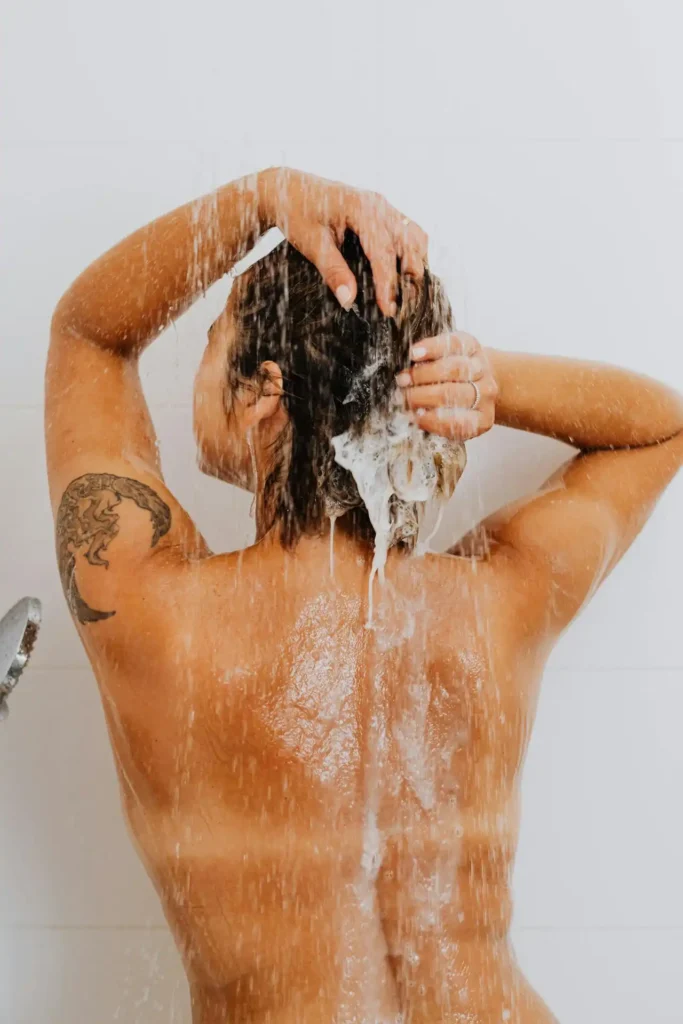
Sulfate-free shampoos clean gently without stripping natural oils, making them ideal for people who wash frequently or have dry, damaged hair.
These formulas work especially well for color-treated or chemically processed hair that needs gentle handling.
Clarifying shampoos remove product buildup and environmental pollutants more effectively than regular shampoos.
Use these deeper-cleansing formulas once per week or as needed, especially if you use styling products regularly or live in an area with hard water.
Co-washing, or washing with conditioner only, works well for very dry or damaged hair that can’t tolerate even gentle shampoos.
This technique cleanses lightly while adding moisture, making it popular among people with curly or coyly hair textures.
Choose products based on your primary hair concerns rather than marketing claims. If your main issue is oiliness, look for balancing or oil-control formulas.
If dryness concerns you most, prioritize moisturizing and hydrating products.
Conclusion
Your ideal hair washing frequency depends on your unique combination of hair type, scalp condition, lifestyle, and personal preferences. Experiment mindfully to find your perfect routine.

